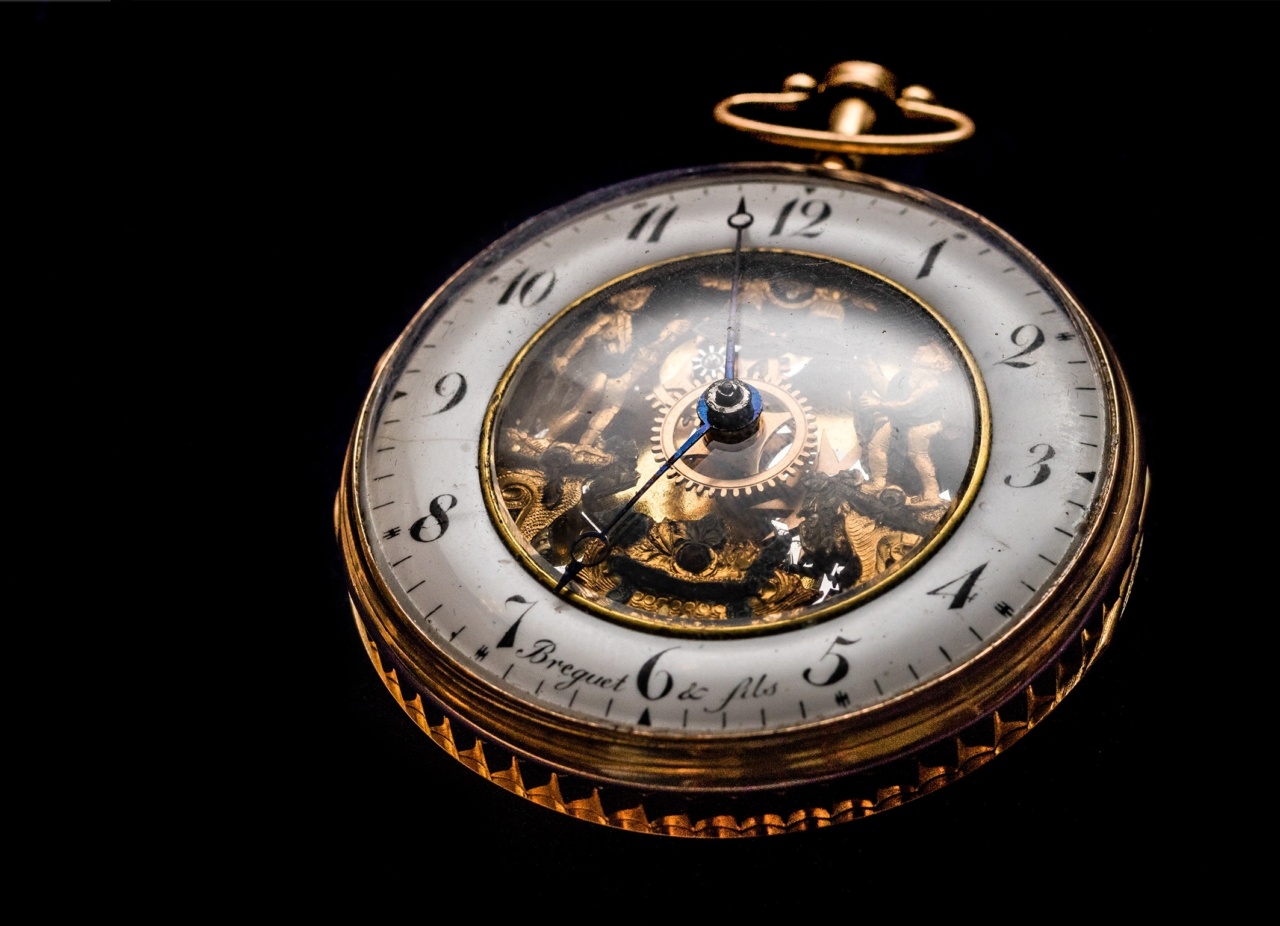The heart of a mechanical watch is its movement, commonly referred to as the watch’s “engine.” The movement is the mechanism that drives the watch’s hands and powers its complications – anything on the watch face beyond the display of hours and minutes. For mechanical watch enthusiasts, evaluating the quality of a movement is done through careful examination of its key components, including its balance, escapement, and mainspring.
Throughout this article, we will examine how to evaluate the heart of a mechanical watch and why it is important.
What is Mechanical Watch Movement?
A mechanical watch movement is a device that keeps time using the energy stored in a tightly coiled spring. It does this with a precisely-timed train of gears and springs that transfer the energy from the mainspring to the hands of the watch.
The movement of the watch is powered by the recoil of a tightly-wound mainspring, which slowly unwinds over a period of hours, days, or even weeks, depending on the quality of the watch.
Types of Mechanical Watch Movements
There are two types of mechanical watch movements: manual and automatic. A manual-wind movement must be wound by hand every day to keep running, while an automatic movement uses the motion of the wearer’s wrist to keep the watch powered.
Components of a Mechanical Watch Movement
There are a number of key components that make up the heart of a mechanical watch movement, each of which contributes to accurate timekeeping. The following are some of the key components of a mechanical watch movement:.
Balance Wheel
One of the key components of a mechanical watch movement is the balance wheel, which is responsible for the watch’s timekeeping accuracy. The balance wheel is a weighted wheel that swings back and forth, much like a pendulum in a clock.
Its motion is regulated by the escapement, which ensures that the balance wheel’s swings are timed accurately. The balance wheel is essential to the watch’s accuracy and can be adjusted to keep the watch ticking at an even pace.
Escapement
The escapement is a key component of the mechanical watch movement that ensures the accuracy of timekeeping. It is responsible for regulating the motion of the balance wheel and ensures that the watch’s gears move at a fixed interval.
The escapement consists of several components that work together to regulate the balance wheel’s motion, including a pallet fork, an escape wheel, and a balance spring.
Mainspring
The mainspring is the heart of the mechanical watch movement and is responsible for powering the watch. It is a tightly-wound coil of metal that slowly unwinds and powers the watch’s gears.
The length of time that a watch can run on a single winding of the mainspring depends on the quality of the movement and the size of the mainspring. A longer mainspring can power a watch for a longer period of time.
Conclusion
In conclusion, evaluating the heart of a mechanical watch is an essential part of ensuring its accuracy and reliability.
When examining a watch’s movement, it is important to pay attention to its key components, including its balance, escapement, and mainspring. By understanding the components of a mechanical watch movement and how they work together, it is possible to make informed decisions when purchasing a high-quality timepiece.






























